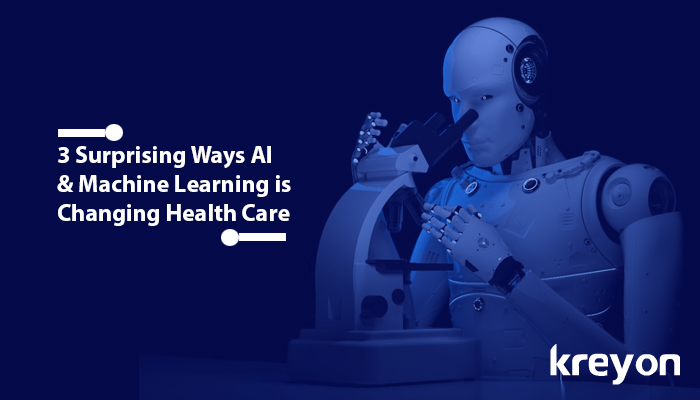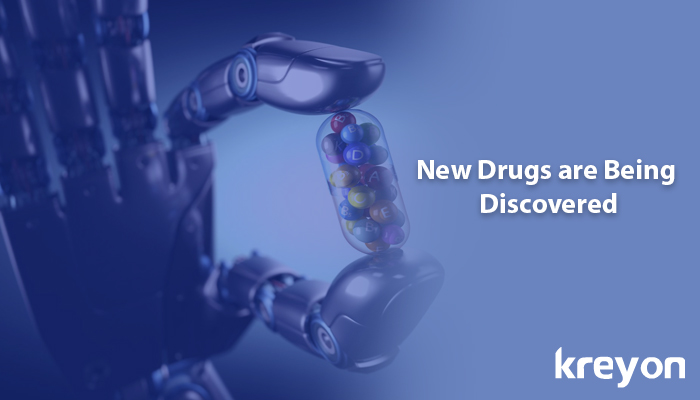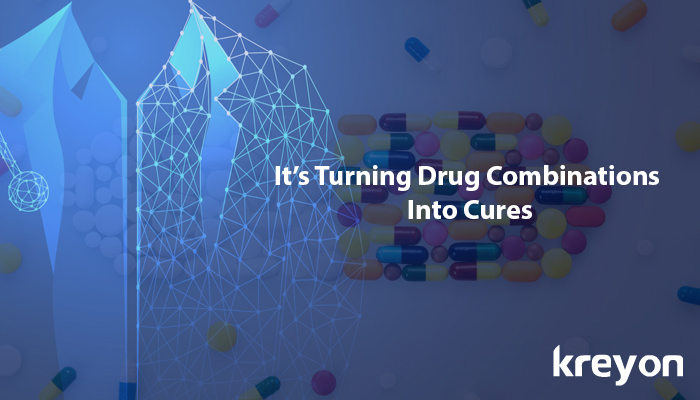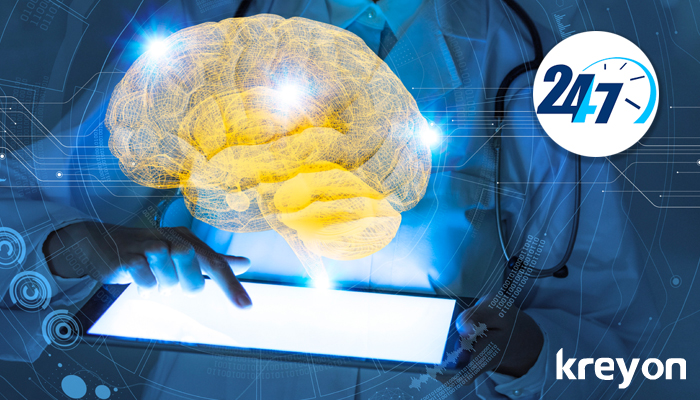3 Surprising Ways AI & Machine Learning is Changing Health Care

Machine learning and AI is being implemented in nearly every industry and making huge changes to the way we bank, shop, and browse. It has created endless opportunities in countless industries, combining the processing power of millions of human minds to accelerate the rate of technological evolution and ensure the world becomes that little bit more advanced with each passing year.
One of the sectors that has felt the most benefits is health care. Not only is this a vast and highly lucrative sector, but it’s also a complex and ever evolving one, and machine learning has been used to improve everything from drug development to diagnostics.
20th century science fiction writers spent an entire century dreaming of creative ways that AI and technology would destroy the human race, but if recent health care advances are anything to go by, AI could actually be our savior.
Just take a look at these surprising ways that AI and machine learning is changing the health care sector for the better.
1. New Drugs are Being Discovered

The biggest controversies and conspiracies surrounding healthcare concern the pharmaceutical sector. The tin-foil-hat brigade insists that pharmaceutical companies have the cure for cancer, but are refusing to release it because they make more from treating than curing. That’s a somewhat extreme view, but it’s not that far from the truth.
There are millions of compounds waiting to be researched and studied and the cure for cancer could be amongst them. However, it takes a lot of work and money to go from research to development, and it’s a process that will see thousands of compounds being studied and checked, after which a short list is created and more tests are performed.
Finding the next big cure is not simply a case of discovering a new substance, giving it to animals or human test subjects, and then ticking off the illnesses it cures and the problems it causes. The goal often comes first, and in trying to reach this goal, researchers have to reject a lot of compounds without really seeing what they can do.
It’s a process that can cost upwards of $2.5 billion for each new drug that makes it to market. It’s expensive, it’s wasteful, and it’s outdated. Thankfully, however, it’s also changing with help from machine learning.
Machine learning algorithms can help to analyze all those compounds before they are rejected. And the more powerful these tools get, the more accurate they become. There’s a good chance that the cure for most known diseases already exists and is waiting to be studied, and if that’s true, machine learning could help to bring those compounds to the market.
2. It’s Turning Drug Combinations Into Cures

Many experts believe that most known diseases can be cured with just a handful of existing, heavily-researched drugs. According to Daniel Cohen, the CEO of Pharnext, “everything” can be treated with just 50 drugs.
Pharnext is using machine learning to analyze diagnostic data and user reports, calculating the potential synergistic effects of specific drugs to determine what kind of combination and dose is needed.
It seems a little far-fetched, but only because everyone thinks of the next big cure as being a single compound. The truth is, many of the world’s deadliest diseases are treated using a combination of drugs, ones that work perfectly when used together but simply wouldn’t be beneficial when used individually.
This is true for chemotherapy treatment, for instance, but it’s also true for HIV treatments and countless other diseases. When you have the flu or a virus, you probably take a single capsule, one branded as a “cold and flu” tablet. But what you’re actually taking is a combination of drugs designed to alleviate the symptoms of colds and flus, a combination that can include acetaminophen for fever, guaifenesin for decongestion, codeine for coughs, and more.
It’s an idea that already works really well and with help from machine learning, it’s one that companies like Pharnext could take to another level.
3. 24/7 Doctors

Doctors are stretched to their limits, working with more patients than they can handle. If you have to cater for the needs of dozens of patients every day, giving them all comprehensive care is impossible, but AI is lending a helping hand.
Medical Virtual Assistants are devices that patients can wear to track their vital signs and feed data directly onto the patient’s medical file, which can then be accessed by the doctor.
If the doctor is worried about a patient’s heartbeat, they can give them a device that will monitor their heart every minute of the day and feed this back in real time. If there is a serious problem, they can refer them to the hospital; if everything is okay, they can dismiss them without requiring a return visit.
These devices are especially useful for doctors in rural areas, where they are more likely to have older patients who can’t always make it to the clinic. These devices can bridge the gap, provide 24/7 monitoring, and allow the doctor to setup alerts for medications, appointments, and more.
Author Bio:
Nicky Sarandrea is working in the tech and healthcare sectors. His work has included guides on everything from the likelihood of robots destroying the human race, to the benefits of HSG testing. He lives and works in Arizona.
